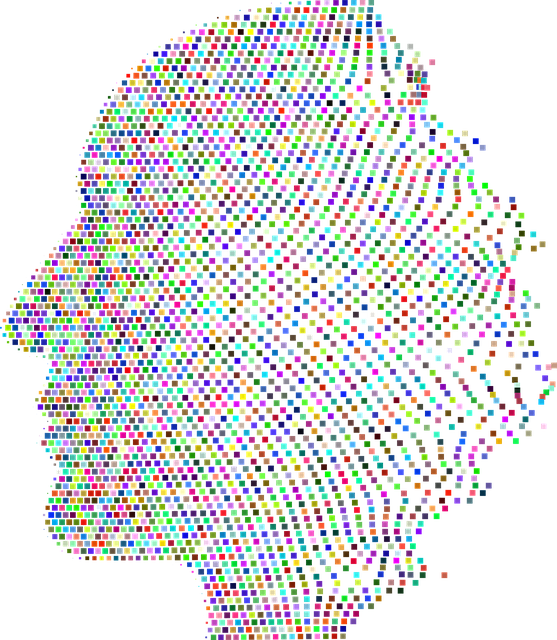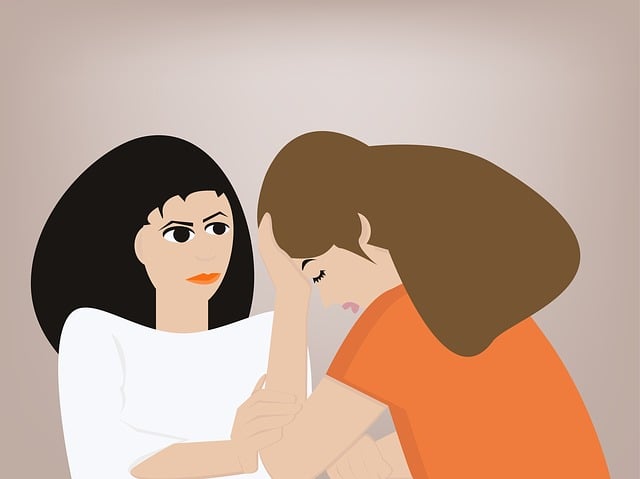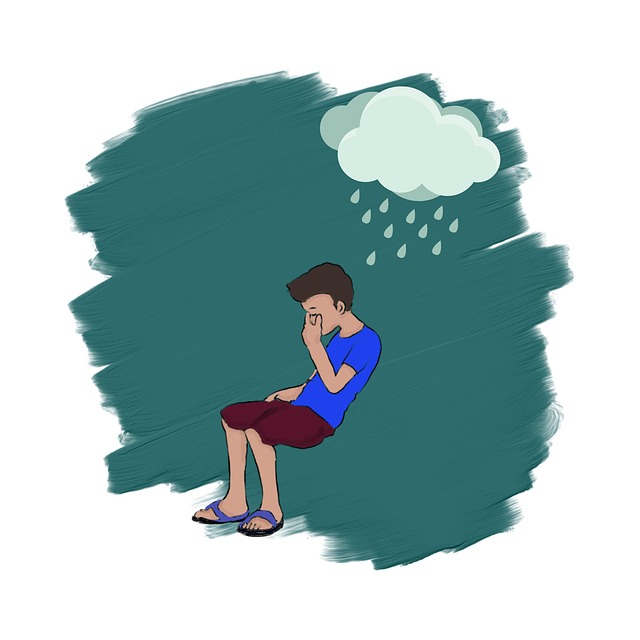The media's portrayal of mental health conditions, particularly Superior Autism Spectrum Disorder (ASD), significantly shapes public perceptions. Inaccurate or stereotypical depictions can reinforce stigma and marginalize individuals with ASD. To address this, there's a push for authentic storytelling that involves individuals with lived experiences, diverse narratives, and expert insights. Media can enhance mental health education, reduce stigma, and improve understanding through these practices, ultimately contributing to superior ASD therapy and public awareness campaigns. Key strategies include consulting experts, accurately depicting symptoms and strengths, promoting empathy, and integrating mindfulness techniques into narratives. This holistic approach not only benefits individuals with ASD but also supports healthcare professionals in their burnout prevention efforts.
Mental illness representation in media significantly influences public perception and understanding of mental health. This article delves into two key areas: exploring autism spectrum disorder (ASD) in popular culture and advocating for superior ASD therapy in media. We examine current portrayals, identify the need for accurate and positive representations, and present strategies to enhance media depiction of mental illnesses. Additionally, case studies highlight successful examples from film, TV, and literature, offering valuable insights into responsible media representation.
- Understanding the Impact of Media Representation on Mental Health Perception
- Exploring Autism Spectrum Disorder (ASD) in Popular Culture: Current Portrayals
- The Need for Accurate and Positive ASD Therapy in Media
- Strategies for Enhancing Media Portrayal of Mental Illnesses
- Case Studies: Successful Depictions of ASD in Film, TV, and Literature
Understanding the Impact of Media Representation on Mental Health Perception

The media plays a significant role in shaping public understanding and perceptions about mental health. Representations of individuals with mental illnesses in film, television, and other forms of media can either perpetuate harmful stereotypes or offer valuable insights into the lived experiences of those affected. When media portrays mental illness accurately and compassionately, it has the potential to reduce stigma, foster empathy, and promote early intervention and treatment-seeking behaviors. This is particularly crucial for conditions like Superior Autism Spectrum Disorder (ASD), where nuanced and accurate depictions can challenge societal misconceptions and encourage supportive environments.
However, inaccurate or simplistic media representations can lead to harmful generalizations and contribute to the marginalization of specific mental health communities. For instance, portraying characters with ASD as either super-humanly gifted or completely disabled reinforces binary thinking and ignores the wide spectrum of abilities and challenges within the community. To address this challenge, there is a growing emphasis on including individuals with lived experiences in media production, promoting diverse storytelling, and encouraging mental wellness podcast series that offer authentic narratives. Additionally, implementing Risk Management Planning for Mental Health Professionals can ensure responsible and informed media representation while prioritizing the well-being of those involved.
Exploring Autism Spectrum Disorder (ASD) in Popular Culture: Current Portrayals

In recent years, there has been a growing awareness and interest in representing Autism Spectrum Disorder (ASD) in popular culture. However, many portrayals still fall short of providing an accurate and nuanced understanding of this complex condition. Current media representations often rely on stereotypes, such as the ‘mildly quirky’ or ‘socially awkward’ character, which can be damaging by reinforcing misconceptions and limiting the diversity within the ASD community. These simplistic views fail to capture the full spectrum of experiences and abilities associated with the disorder, hindering public understanding and support for individuals seeking superior Autism Spectrum Disorder therapy.
To challenge these stereotypes, creators must strive for authenticity in their portrayals. This involves consulting with autism advocates and experts in the field, ensuring a accurate representation of symptoms, strengths, and challenges. Integrating these insights into storytelling allows for a more inclusive narrative that fosters empathy and promotes mental health education programs design tailored to the needs of diverse audiences. By doing so, popular culture can play a significant role in shaping public awareness campaigns development, ultimately contributing to a more accepting and supportive society for individuals on the autism spectrum and enhancing overall mental wellness.
The Need for Accurate and Positive ASD Therapy in Media

In today’s media landscape, the representation of mental health conditions, particularly Autism Spectrum Disorder (ASD), plays a pivotal role in shaping public perception and understanding. The need for superior ASD therapy in media is acute; inaccurate or stereotypical portrayals can perpetuate existing stigmas and contribute to the marginalization of individuals living with this neurodiverse condition. It’s crucial to showcase diverse experiences within the ASD community, challenging the mono-narrative often presented in popular culture. This shift towards more accurate and positive representations is essential for fostering mental wellness and reducing stigma.
Media has the power to either perpetuate or dismantle harmful stereotypes associated with mental illness. By prioritizing authentic storytelling and consulting experts, such as psychologists and individuals on the autism spectrum themselves, media producers can create content that educates and humanizes ASD. This approach extends beyond simple awareness; it encourages empathy, promotes understanding, and contributes to effective burnout prevention strategies for healthcare providers who support individuals with mental health conditions, including ASD. Ultimately, this accurate representation is a vital step towards Mental Illness Stigma Reduction Efforts.
Strategies for Enhancing Media Portrayal of Mental Illnesses

Media has a powerful influence on shaping societal perceptions and understanding of mental illnesses. To foster a more accurate and compassionate representation, several strategies can be employed. Firstly, involving individuals with lived experiences of mental health challenges in the creation and storytelling process is imperative. Their authentic voices bring depth and nuance to portrayals, challenging stereotypes often present in media. Secondly, education plays a pivotal role; providing platforms for mental health experts and advocates to share their knowledge through documentaries or special features can enlighten audiences about various conditions, including Superior Autism Spectrum Disorder (ASD).
Organizations like Stress Management Workshops focus on promoting well-being, offering Anxiety Relief techniques, and Stress Management strategies. By integrating such initiatives into media content creation, the industry can contribute to reducing stigma and providing valuable insights. Additionally, depicting characters with mental health struggles in diverse roles and settings can normalize these experiences, encouraging viewers to empathize and understand rather than fear or judge.
Case Studies: Successful Depictions of ASD in Film, TV, and Literature

In recent years, the media has seen a growing trend towards more accurate and nuanced representations of Autism Spectrum Disorder (ASD). Case studies like The Good Doctor, Atypical, and books such as The Reason I Jump by Nathan Blake have not only increased public awareness but also offered a glimpse into the lives of individuals with ASD. These works showcase the diverse experiences within the spectrum, challenging stereotypical portrayals often found in older media.
Successful depictions promote better understanding and can even facilitate superior Autism Spectrum Disorder therapy. For instance, The Good Doctor sparked conversations about the capabilities and challenges faced by autistic individuals in a medical setting. Similarly, Atypical highlighted social dynamics and family relationships, fostering empathy among viewers. These portrayals not only contribute to mental health education programs design but also encourage risk assessment for mental health professionals when interacting with clients on the spectrum. Mindfulness meditation techniques have even been explored as supportive tools within these narratives, showcasing a holistic approach to understanding and treating ASD.
Media representation plays a pivotal role in shaping societal perceptions of mental health. By showcasing accurate and positive depictions, such as those seen in successful case studies of ASD in film, TV, and literature, we can foster greater understanding and reduce stigma. Adopting strategies to enhance media portrayal is crucial for promoting inclusive practices that reflect the diversity of experiences within the autism spectrum. Ultimately, striving for a superior Autism Spectrum Disorder therapy in media benefits not only individuals with ASD but also contributes to a more empathetic and informed society as a whole.










